General Naravane’s Reflection: ‘Xi Jinping Won’t forget…’ India-China Clash In Galwan
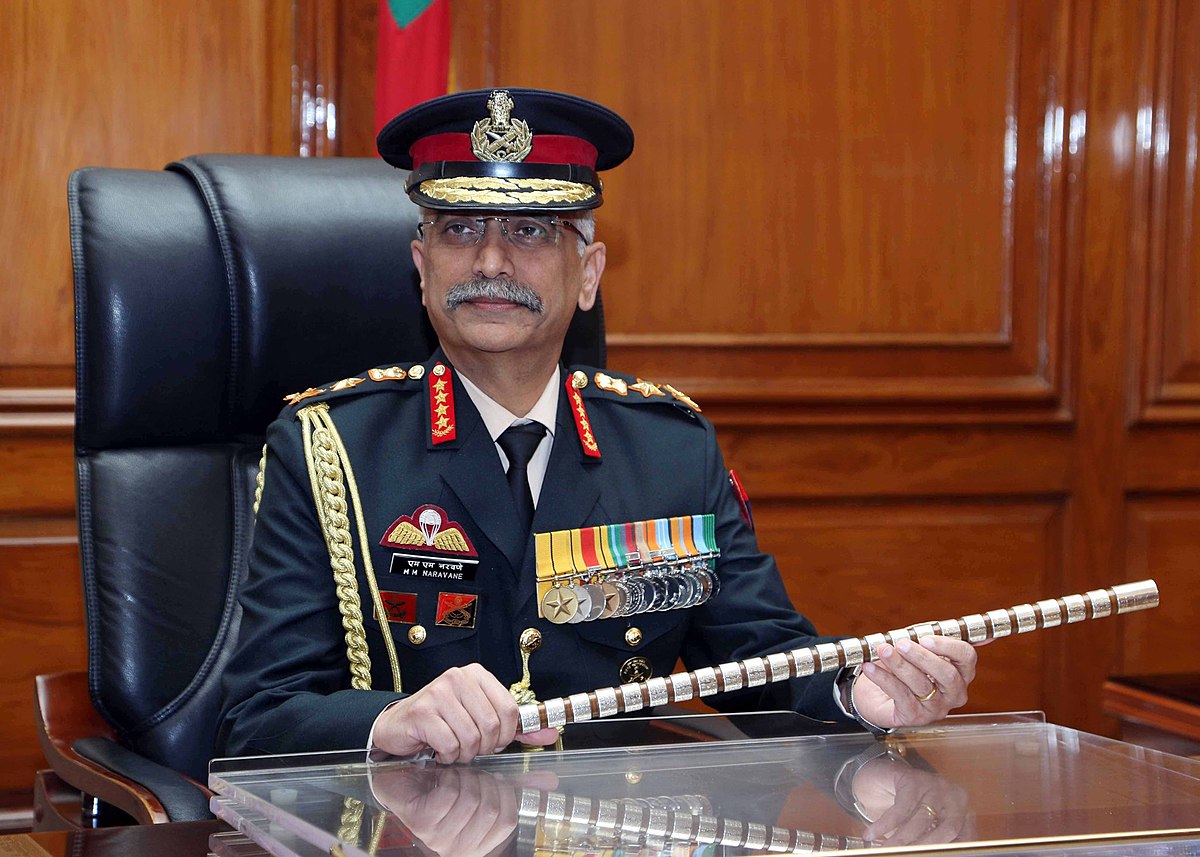
- Our men who were being held by the Chinese were kept out in the open, and they saw several bodies being pulled out of the water.
- Based on what the former Army Chief says, the crisis in eastern Ladakh pushed the Army back to the northern front.
In his memoir, Gen. Manoj Mukund Naravane, the 28th Chief of Army Staff, talks about the 2020 Galwan clash. He says that India and the Indian Army had to stand up to its “neighborhood bully” China to show the world that “enough is enough.”
Twenty Indian soldiers and an unknown number of Chinese soldiers were killed in a fight in E. Ladakh’s Galwan Valley on June 15, 2020. The fight at night made things worse on the border between the two nearby countries.
Naravane talks about China in his autobiography, “Four Stars of Destiny.” He says, “They had been using wolf-warrior diplomacy and salami-slicing tactics everywhere without any consequences, threatening their smaller neighbors like Nepal and Bhutan while staking their ever-growing claims in the South China Sea, without having to pay any costs, especially in terms of human lives.”
“It took India and the Indian Army to show to the world that enough is enough and to challenge the neighbourhood bully.”
Naravane’s memoir was an exciting account of the conflict between India and China before and after the deadly incident in Galwan Valley. The report also talked about India’s overall response to China’s action and how it helped strengthen the Army’s combat readiness along the Line of Actual Control (LAC).
In his writing, Gen. Naravane says that Chinese President Xi Jinping will never forget June 16, when “fatal casualties” happened in the fighting for the first time in over twenty years in China’s People’s Liberation Army.
“Xi Jinping, the president of China, was born on June 16. He will remember this day for a long time. “The Chinese and the PLA had lost people for the first time in more than twenty years,” Naravane writes.
He also says that the fight with Galwan was “one of the saddest days” of his whole career.
Gen. Naravane was Army Chief from December 31, 2019, to April 30, 2022. The main things that happened during that time were the problems with China along the disputed border and the start of long-term reforms that made the army stronger in battle.
WHAT LED TO GALWAN CLASH
Naravane says that the fight in the Galwan Valley happened because the Chinese PLA wouldn’t take down two tents that it had set up in Patrolling Point 14 (PP-14). He also says that because they said no, the Indian Army chose to set up its own tents in the same general area.
The border dispute in eastern Ladakh started in May 2020. Naravane says that flag-level meetings were still going on at other places at the time, like PP-15 and PP-17A, where troops stayed back by agreed-upon distances to avoid fights.
Following the events, Naravane writes, “At PP-14, however, the PLA kept changing their minds every time we asked them to take down their tents.” It went from “some more time was needed” to “we will check with our bosses” to “it was beyond the scope of the talks.”
It was clear from this refusal to move that the tents had never been meant to be taken down in the first place. That’s why we chose to set up our own tents in the same general area”.
He says that when people from the Indian Army went to set up their tents, the Chinese side reacted violently. He also says that Colonel Santosh Babu, who is in charge of 16 BIHAR, went with a small group of troops to try to calm things down, but the PLA attacked them.
“After that, it was open season.” After it got dark, both sides rushed in more troops, and the battle went back and forth all night, as he remembers.
The former Army Chief says that even though both sides were armed, they didn’t fire. Instead, they hit each other with clubs or batons and threw or rolled stones at their positions.
To make things even better, the PLA were able to move troops forward in armored personnel carriers, which tipped the scales in their favor, he says.
INDIAN ARMY JAWANS KILLED
Naravane says that’s when, at 1:30 am on June 16, he called Lt. Gen. YK Joshi, who was then commander of the Northern Army, and told him that the Army had to fight back and make the PLA pay for their mistake. But, as the General puts it, “daylight revealed a not-so-pleasant situation.”
A small group of soldiers who had been separated or couldn’t make it back at night began to slowly come back. Five soldiers had been hurt in the fight and died. “When we did the head count the next morning, we saw that a lot of people were missing,” he says.
“As tense negotiations began, many of our boys, who had either got disoriented or had been briefly detained by the PLA without food or medical aid, returned to base,” Naravane writes in his story.
“However, 15 of them died from the effects of their injuries and being too cold.” It was one of the saddest days of my whole life. Adding that he is “always stoic” when things go wrong or when he hears bad news, he says, “Yet, losing 20 men in a day was hard to bear.”
The fight in Galwan Valley was the worst military conflict between India and China in many years.
CHINESE CASUALTIES
Even though China said that only five of its soldiers were killed in the fighting, Naravane says it was clear that they “too suffered substantially.”
“Our men who were being held by the Chinese were kept out in the open, and they saw several bodies being pulled out of the water.” “Every time that happened, they were beaten again,” Naravane writes.
“Their response was so violent that it showed how much they had lost already.” At first, they denied that anyone had been hurt. After many months, they said that four or five people, including their CO, had been killed.
Naravane also brought up a report from a group of Australian researchers that said at least 38 Chinese people had died. A different Russian report (TASS) put the number of deaths closer to 45, which matched other intelligence reports, even those from the US, he says.
Based on what the former Army Chief says, the crisis in eastern Ladakh pushed the Army back to the northern front. After China attacked, the Army moved many important units from other areas to the northern front.
In order to restore trust and make it possible for the escalation and withdrawal of forces, General Naravane said that India and China should sign a “non-aggression” pact until the overall boundary dispute is resolved.

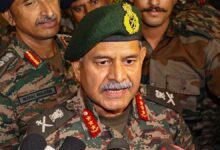

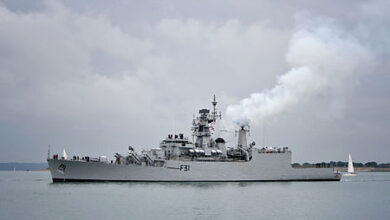
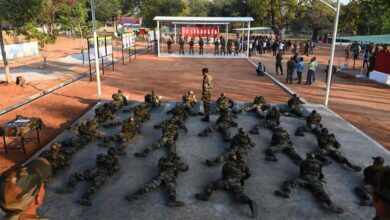

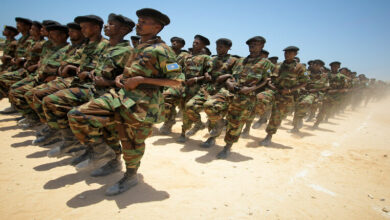
Facebook Comments